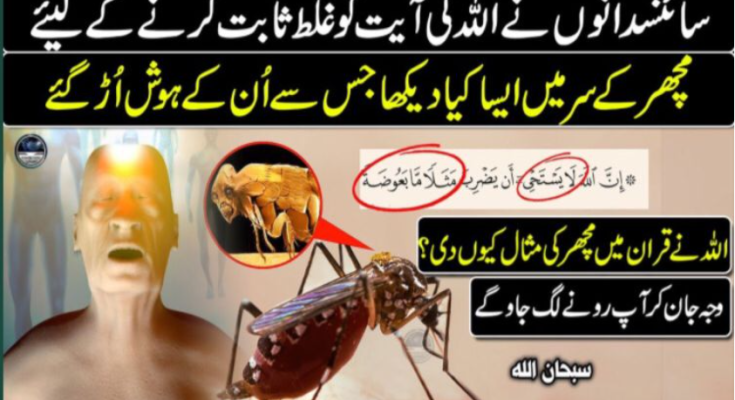Understanding coverage options in auto insurance is crucial for selecting the right policy for your needs. Here’s a breakdown of the main types of coverage and what they mean:
### 1. **Liability Insurance**
– **Bodily Injury Liability**: Covers medical expenses and lost wages for other people injured in an accident you caused. It’s typically required by law.
– **Property Damage Liability**: Covers repairs or replacement costs for someone else’s property (e.g., vehicles, fences) damaged in an accident you caused.
### 2. **Collision Coverage**
– Covers damage to your vehicle resulting from a collision with another vehicle or object, regardless of fault. This coverage is essential if you have a newer or more valuable car.
### 3. **Comprehensive Coverage**
– Protects against non-collision-related damages to your vehicle, such as theft, vandalism, natural disasters, or hitting an animal. This coverage is important for all-around protection.
### 4. **Personal Injury Protection (PIP)**
– Covers medical expenses for you and your passengers regardless of who is at fault in an accident. It may also cover lost wages and other related expenses. PIP is required in some states.
### 5. **Uninsured/Underinsured Motorist Coverage**
– **Uninsured Motorist Coverage**: Protects you if you’re in an accident with a driver who has no insurance.
– **Underinsured Motorist Coverage**: Protects you if the at-fault driver’s insurance is insufficient to cover your damages.
### 6. **Medical Payments Coverage (MedPay)**
– Covers medical expenses for you and your passengers after an accident, regardless of who was at fault. It’s similar to PIP but typically has a more limited scope.
### 7. **Gap Insurance**
– Covers the difference between what you owe on your car loan and its current market value if your car is totaled. This is particularly useful for new cars that depreciate quickly.
### 8. **Rental Reimbursement Coverage**
– Pays for rental car costs while your vehicle is being repaired due to a covered loss. This can be a valuable addition if you rely on your car daily.
### 9. **Towing and Labor Coverage**
– Covers the cost of towing your vehicle and any labor costs required to get your car back on the road after a breakdown.
### 10. **Custom Parts and Equipment Coverage**
– Covers aftermarket modifications or custom equipment installed in your vehicle that may not be covered under standard policies.
### **Factors to Consider**
– **State Requirements**: Each state has different minimum insurance requirements. Make sure you meet your state’s legal obligations.
– **Personal Needs**: Consider your driving habits, vehicle type, and financial situation when selecting coverage options.
– **Cost vs. Coverage**: Weigh the cost of additional coverage against the potential financial risk you face without it.
Understanding these coverage options will help you make informed decisions when purchasing auto insurance, ensuring you have the right level of protection for your specific needs.




